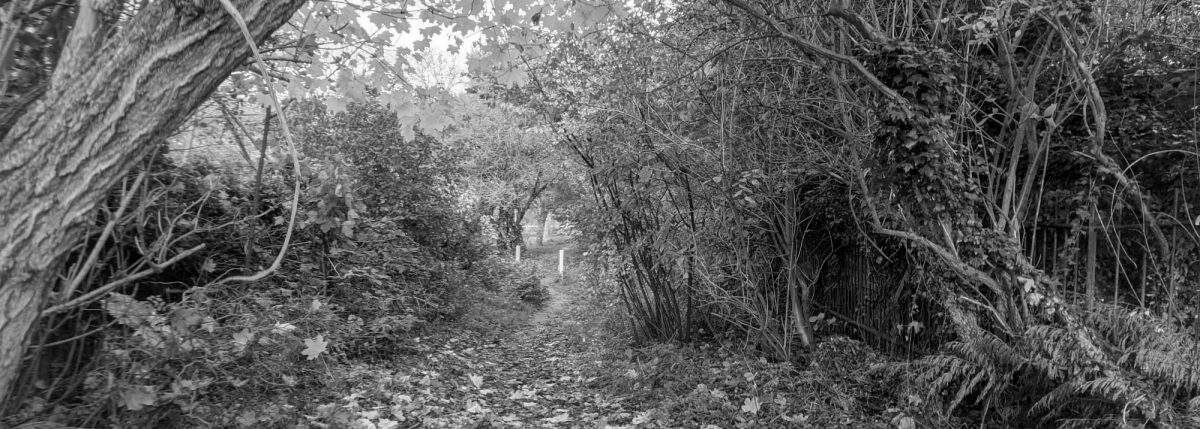Part 3: The Arrival of Man

Prehistoric ancestors of today’s litter-louts le crude int implements lying about the Croham Hurst landscape. They probably left a lot of other litter as well, especially their equivalent of modern ‘take-away’ dinners, but only the int was durable enough to survive for study. These prehistoric people were nomadic, and left virtually no built structures. We can only assume they disliked the cold, rain and snow as much as we do and built themselves flimsy shelters of branches rather as children have done recently, before so many of them took to staying indoors with electronic gadgetry!
The higher parts of the Hurst, at least, have apparently never been cultivated, resulting in the survival of archeological most visible feature is the tumulus, or chalk was perhaps seen as an agriculture soil conditioner on nearby elds on sandy soils. e last most viable man-made features on the hill are several old Croydon parish boundary posts, bearing various dates from 1888 to 1920. The significance of these dates is not certainly known. The north-west corner of the Hurst was in the historic parish of Croydon, the remainder in Sanderstead. At least one of these posts (dated 1888) is now missing, but who dug it up, when and where it is now are not known. Anybody wanting to detect less obvious features can hunt for at least three surviving Ordnance Survey ‘revision points’. ese are small roughly circular blobs of concrete with OS and a number and letter inscribed on them. They mark precisely mapped reference point positions surveyed to the nearest ten centimetres and are shown on Ordnance Survey 50 inches to the mile plans published in the 1950s. They are not now used when OS mapping is revised, as most revision is done by aerial photography. Vanished former features have been an ornate, probably early century drinking fountain, a pond and public lavatories, all near the Bankside entrance. The pond has been filled in but was probably for cattle kept at Croham Farm, a dairy farm which was still in business into the 1920s. e farm buildings were not far from the Old Whitgitiians’ club house. Why and when the ornate fountain, shown on early postcards, was removed is not known. Where is it now? By the 1940s it had been replaced by a utilitarian concrete fountain which, too, has now vanished (along with another one at West Hill entrance). There was once a corrugated iron hut for an on-site park keeper, also near the West Hill entrance.
Artefacts are still scattered about the Hurst for the benet of future archaeologists who will perhaps debate 21st century British lifestyles as evidenced by glass bottles, lager cans and plastic wrappings for take-away food.
Reproduced from CVRA Summer 2017 Newsletter
